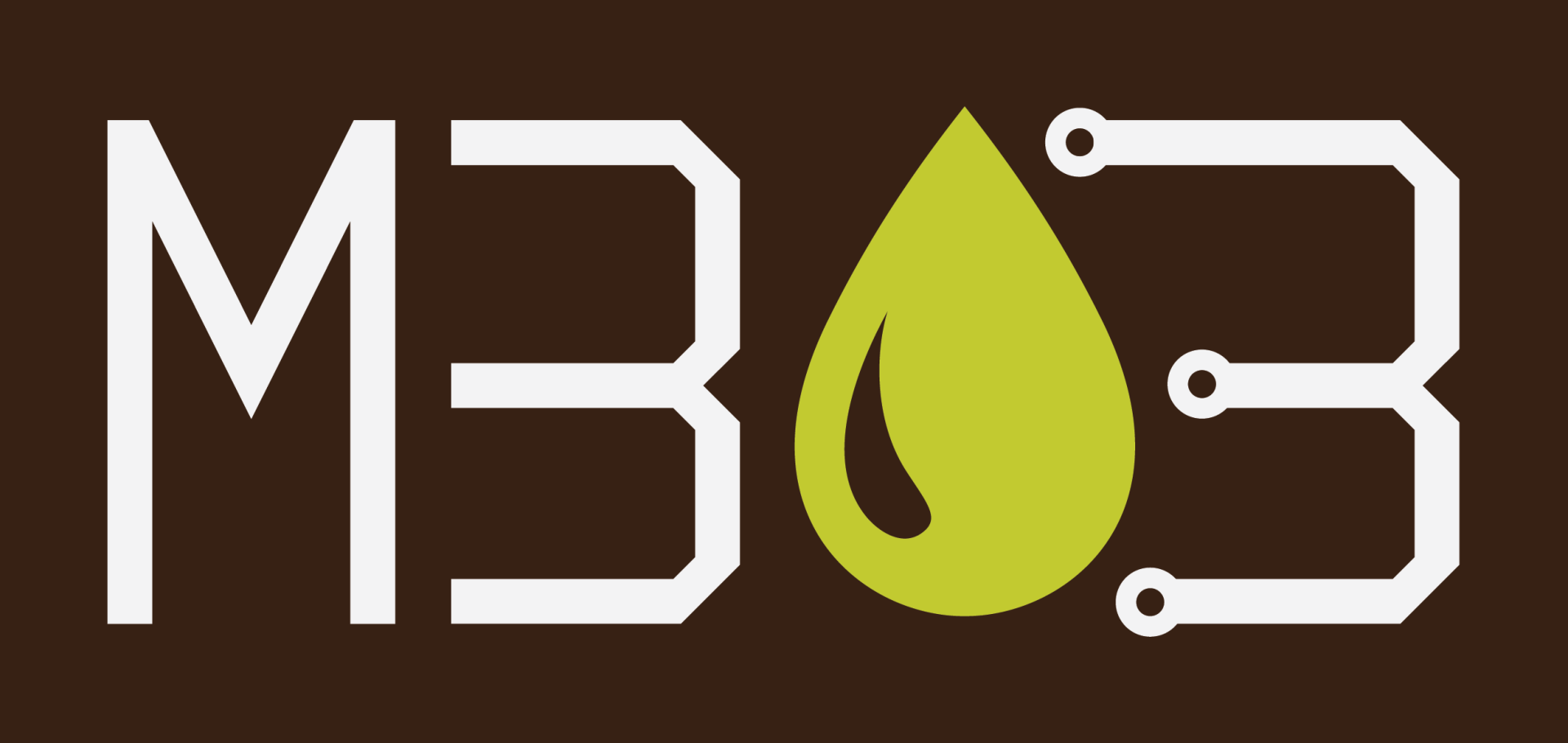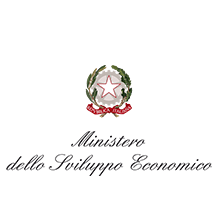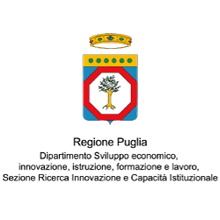Layout del blog
2nd Food Chemistry Conference
set 17, 2019
Shaping the Future of Food Quality, Safety, Nutrition and Health
17-19 Settembre 2019 - Siviglia, Spagna

The official method used for the determination of the peroxide content (PV) in olive oil is based on iodometric titration. However, this method requires large amounts of sample and organic solvents with a high environmental impact. Considering these disadvantages, a novel approach based on the spectrophotometric detection of the I3- was developed.
In particular, 0.10 g of sample were added with 1 mL of 0.5 % HCl in ethanol, 0.10 mL of saturated KI solution and incubated for 5 min. Then, the resulting solution was filtered and the I3- generated following the oxidation-reduction reaction between iodide and lipidic hydroperoxides was measured at 353 nm.
A matrix calibration curve, obtained by diluting a refined olive oil (ROO) sample having a PV=11.3 meqO2/Kg with a ROO with PV=2.0 meqO2/Kg, showed a good linear response (R2 = 0.9899) obtained in the analyzed concentration range (2.0-10.0 meqO2/Kg), with variation coefficients less than 5% (n=3) and limit of detection (LOD) and quantification (LOQ) of 0.2 and 0.6 meqO2/Kg, respectively. Finally, olive oil samples were analyzed by the proposed method and a good correlation with the official iodometric titration method was obtained.
In conclusion the developed spectrophotometric procedure allowed the quantitative determination of the lipidic hydroperoxides in olive oils even at the first moments of oxidation with different advantages respect to the official method in terms of analytical performances, extraction solvent (substitution of chloroform with ethanol), ease of use, and reduction of sample amounts and solvent volumes.
Avviso INNONETWORK
Sostegno alle attività di R&S per lo sviluppo di nuove tecnologie sostenibili, di nuovi prodotti e servizi.
All Locations
ELENCO
MAPPA
- DARE Puglia Via Antonio Gramsci, 89, 71122 Foggia FG, Italia
- CNR IMM Via Monteroni, 73100 Lecce LE, Italia
- CNR Nanotec Via Monteroni, 73100 Lecce LE, Italia
- UNIBA Via Edoardo Orabona, 4, 70125 Bari BA, Italia
- Lenviros srl Via Antichi Pastifici, 8, 70056 Molfetta BA, Italia
- Lefo srl Via Taranto, 28, 70029 Santeramo in Colle BA, Italia
- Bonassisalab srl SS16, 71122 Foggia FG, Italia
- Mediteknology Srl Strada Esterna Arnesano, 73100 Lecce LE, Italia





